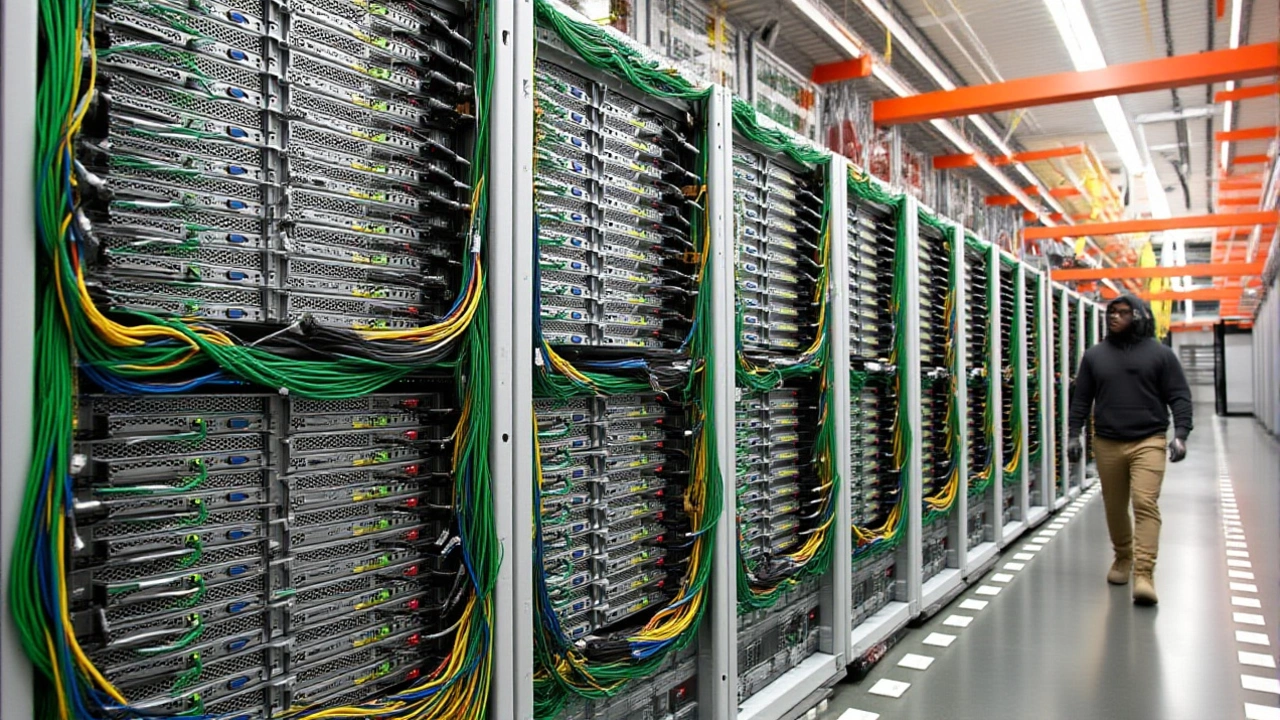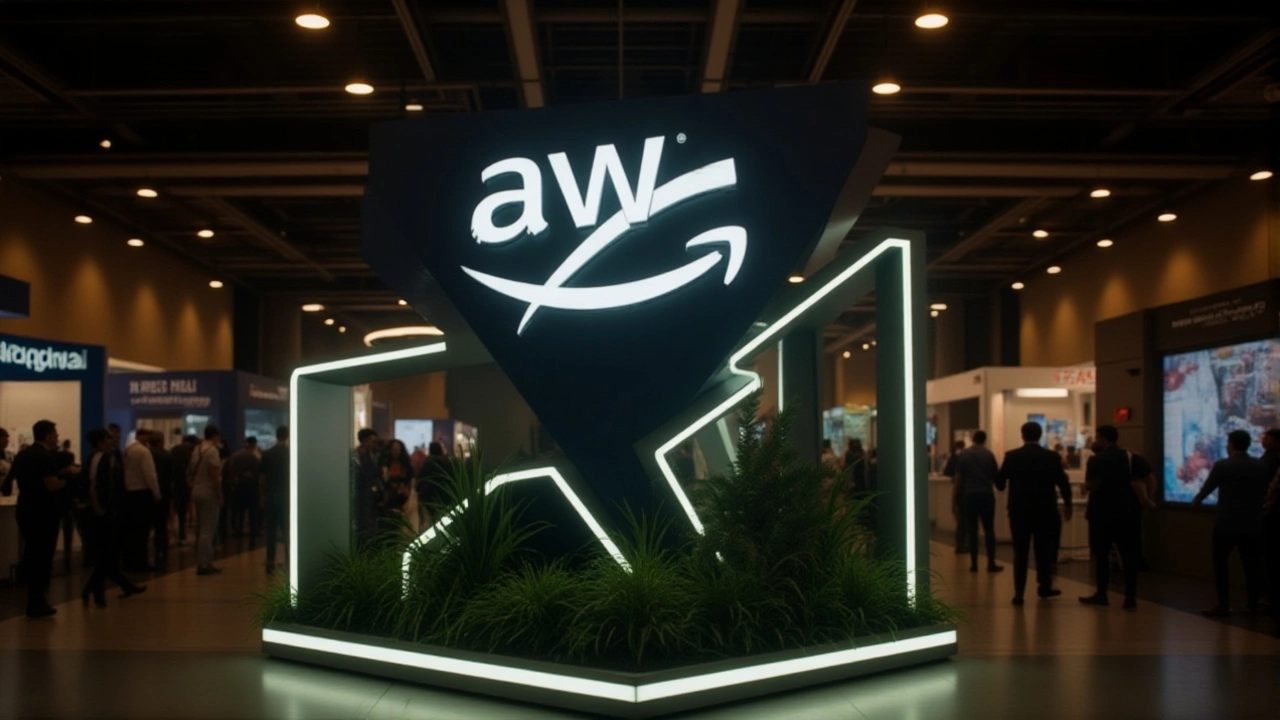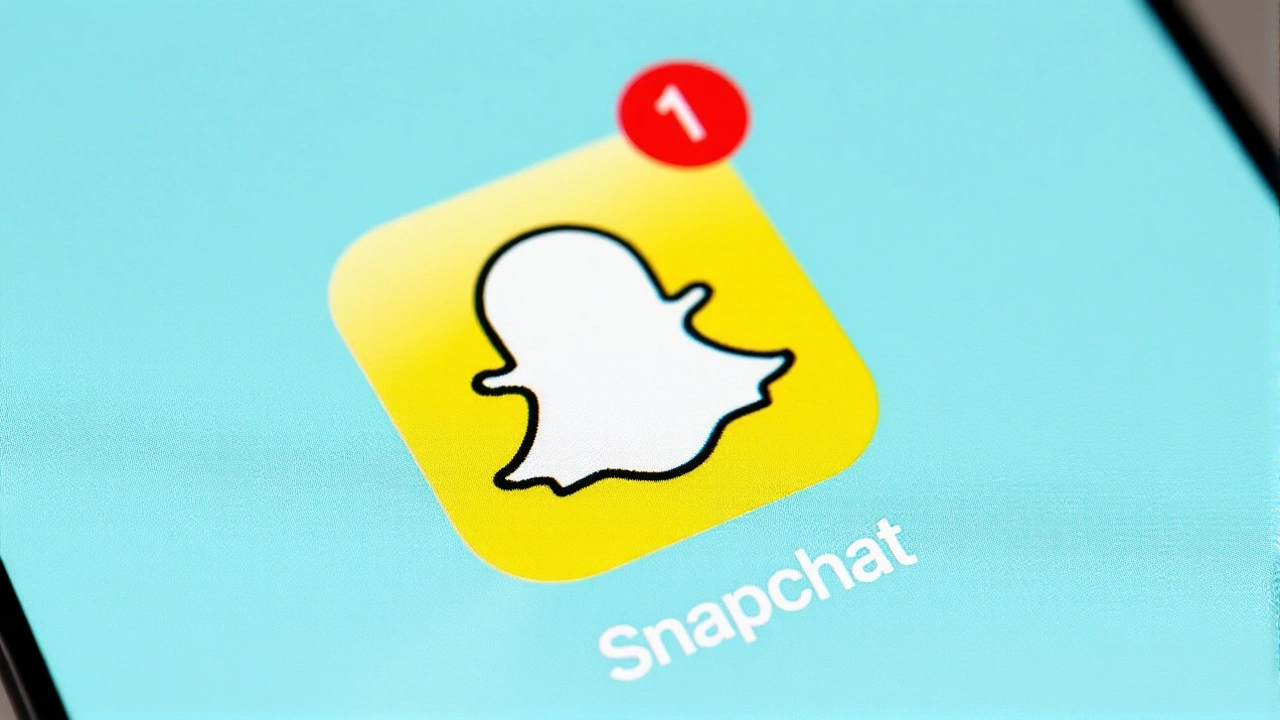On Monday, October 20, 2025, a global internet outage rippled across continents after a technical glitch at Amazon Web Services in Northern Virginia’s US‑EAST‑1 region slammed the doors on millions of users. The chaos kicked off at about 7:50 a.m. EDT, and by the time Downdetector logged roughly 50,000 complaints, online life had already ground to a halt in the U.S., Europe and beyond.
Timeline: From Spark to Full‑Blown Blackout
The first signs appeared when monitoring service ThousandEyes flagged a sudden spike in latency originating from the Virginia data centre. At 8:41 a.m. CET, Amazon Web Services posted a status alert confirming “significant error rates” for requests to its DynamoDB database service. The Independent picked up the story at 8:34 a.m. CET, and within minutes Downdetector’s heat‑map lit up across the Atlantic.
By 9:00 a.m. CET, German outage tracker allestoerungen.de recorded over 1,200 reports for the Signal messenger, with 66 % of users unable to send messages. At 9:23:24 UTC, United Airlines’ mobile app reported authentication failures, and a few minutes later, the AI‑driven role‑playing platform CharacterAI went dark.
Services That Went Dark
The outage wasn’t limited to a single sector. Amazon’s own consumer face—Amazon.com, Prime Video, Amazon Music and Alexa devices—became unreachable. Social apps like Snapchat, Slack, Tinder, and the messaging service Signal saw crippling delays. Gaming platforms that rely on AWS, from Fortnite to Roblox and Pokémon Go, reported login failures.
Even the financial world felt the tremor. Coinbase took to X (formerly Twitter) to reassure users that “all funds are safe,” while Venmo users reported transaction timeouts. The UK’s tax authority, HMRC, experienced portal outages that forced some businesses to postpone filing deadlines.
Enterprise tools were hit hard, too. Design giant Autodesk, collaboration suite Atlassian, and productivity app Canva all displayed “Service Unavailable” messages. Telecom operators Vodafone, SFR and Free struggled to route calls through cloud‑based back‑ends, causing localized drop‑outs in Europe.
Reactions from the Front Lines
Amazon’s response came in a concise statement posted at 8:41 a.m. CET: “We are working actively to mitigate the problem and understand its root cause. During this time, customers may be unable to create or update Support Cases. Engineers were immediately engaged.”
In a feature for Euro Weekly News, journalist Farah Mokrani wrote, “A major global outage has brought large parts of the internet to its knees, after a technical failure on AWS – the world’s largest cloud platform – disrupted access to dozens of major websites, apps, and video games across the United States, Europe, and beyond.”
Coinbase’s X post, timestamped 9:05 a.m. CET, read, “All customer balances remain fully secured. We are monitoring the situation closely and will update as needed.” Meanwhile, Signal’s team posted a brief apology on their status page, noting they were “working with infrastructure providers to restore full functionality.”

Why This Matters: The Fragility of a Cloud‑Centred Internet
Experts have long warned about the concentration of internet traffic in a handful of megadata centres. A report from the Premium Stuff Wiki, published later that day, summed it up: “The Amazon down incident demonstrated the interconnected nature of the modern internet. AWS provides the backend infrastructure for countless companies, and when its US‑East‑1 region in North Virginia experiences issues, the effects are felt globally.”
Dr. Lena Patel, a cloud‑security analyst at the University of Washington, told us that the outage “highlights a single point of failure that many businesses simply can’t afford.” She pointed out that while redundancy is built into most architectures, the sheer scale of AWS means that a hiccup in one region can cascade through DNS, CDN and third‑party services faster than any mitigation can kick in.
For small‑to‑medium enterprises, the financial hit can be steep. A survey by the National Small Business Association, released on October 21, estimates that the average hourly loss per affected company ran around $2,300, translating to roughly $55 million in U.S. losses alone within the first 12 hours.
Looking Ahead: Mitigation and Market Shifts
In the aftermath, several tech leaders called for diversified cloud strategies. “Multi‑cloud isn’t a buzzword; it’s a necessity,” said Jae‑Kim Lee, CTO of fintech startup RipplePay, on a post‑outage podcast. Meanwhile, competitors like Microsoft Azure and Google Cloud reported a modest uptick in new sign‑ups, suggesting that some businesses are retesting their provider mix.
Amazon, for its part, promised a detailed post‑mortem within 30 days. The company’s VP of Infrastructure, Maya Patel, hinted that “automated health‑checks and regional fail‑over mechanisms are being revisited to shorten Mean Time to Recovery.”
Regulators are also watching. The European Commission’s Digital Services Coordinator announced an inquiry into whether existing cross‑border data‑center standards need tightening after the “unprecedented service disruption.”
Until those changes land, the lesson is clear: the internet we all rely on is still, at its core, a network of physical machines. When those machines stumble, the world feels it.

Key Facts
- Event: Global Internet OutageNorthern Virginia
- Primary cause: Technical error in AWS US‑EAST‑1 data centre
- First reported: 7:50 a.m. EDT / 8:38 a.m. CET via Downdetector
- Services affected: Amazon.com, Prime Video, Signal, Fortnite, Coinbase, United Airlines, HMRC, and dozens more
- Estimated financial impact: $55 million in U.S. SMB losses within 12 hours
Frequently Asked Questions
What caused the October 20 outage?
A hardware‑level fault in the US‑EAST‑1 data centre operated by Amazon Web Services triggered error spikes in its DynamoDB and EC2 services, cascading to any application that relied on those APIs.
Which user‑facing services were most impacted?
Consumer‑grade platforms such as Amazon.com, Prime Video, Snapchat, Signal messenger, and gaming titles like Fortnite and Roblox were among the first to go dark, followed by financial apps like Coinbase and Venmo.
How did businesses respond to the disruption?
Many firms activated contingency plans, switched to backup cloud regions where possible, and communicated delays to customers. Small businesses reported average hourly losses of $2,300, prompting calls for multi‑cloud strategies.
Will this incident change the cloud market?
Industry analysts expect a modest shift toward diversified cloud deployments. Competitors Azure and Google Cloud saw a spike in sign‑ups, and enterprises are reevaluating their reliance on a single provider.
What steps is AWS taking to prevent future outages?
AWS’s VP of Infrastructure, Maya Patel, pledged a full post‑mortem and highlighted upcoming upgrades to automated health‑checks and faster regional fail‑over capabilities to reduce mean time to recovery.



